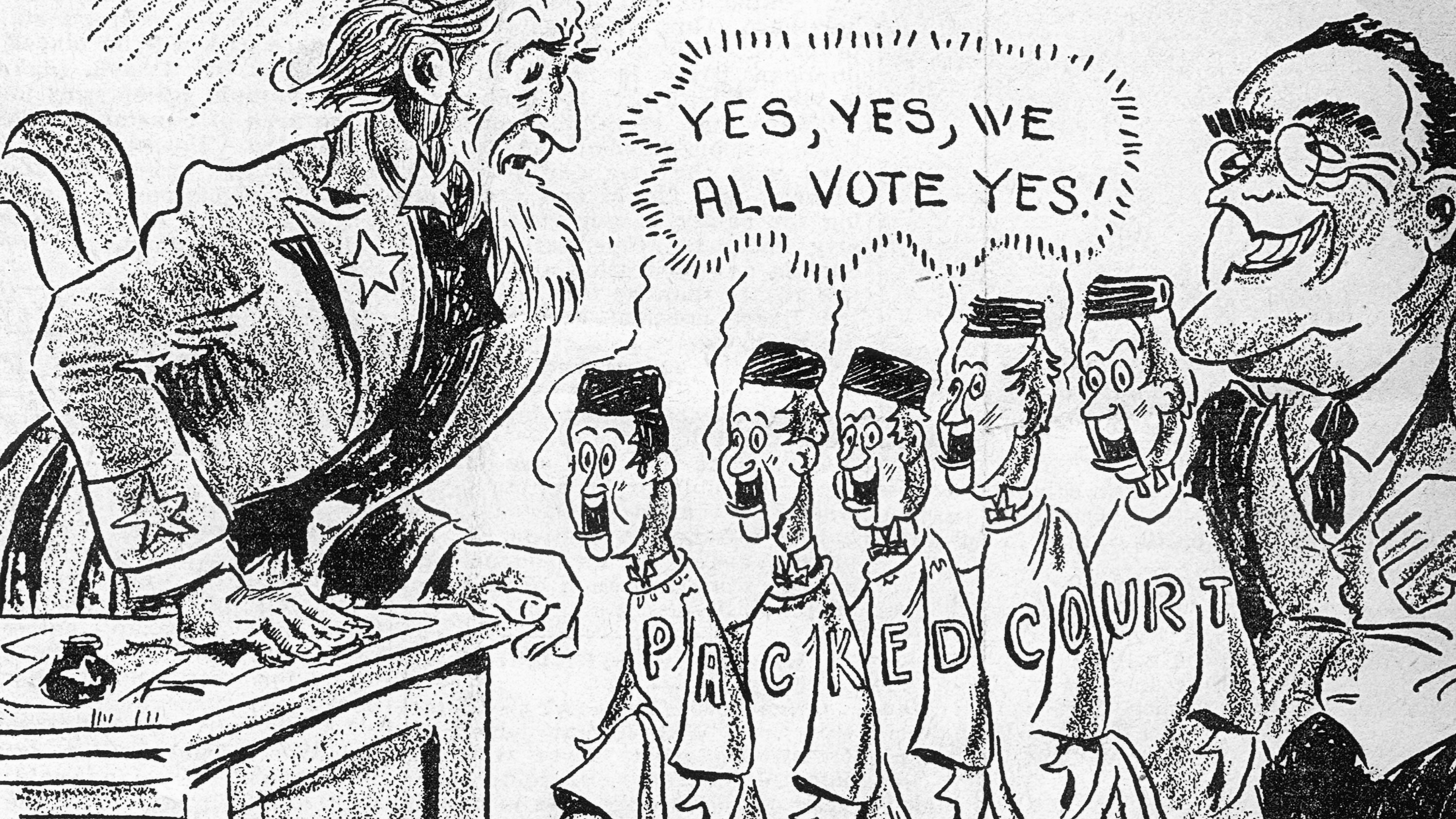New Mexico needs economic reform, not tax hikes
10.26.2020
 The following appeared in the Sun News on October 25 and several other papers and media outlets.
The following appeared in the Sun News on October 25 and several other papers and media outlets.
A recent report from the Pew Center determined that New Mexico had the fourth highest volatility in tax revenue collection over the past 20 years. Unsurprisingly, the study cited reliance on oil and gas revenues as the likely cause of this volatility. What the study didn’t consider was the fact that New Mexico’s misguided economic policies actually reinforce our reliance on oil revenues.
Over the years New Mexico has developed mechanisms like the “rainy day fund” and permanent funds (these are two different things) to help smooth the ups and downs inherently associated with rising and falling oil and gas prices and production.
It has been well-documented that New Mexico has risen to be the 3rd-largest oil producing state in the nation. We often forget that Texas remains the largest oil producer at more than six times the amount produced here in New Mexico, yet Texas, as the report noted, “ranked close to the middle of states for overall revenue volatility.”
Why is that? Simply put, Texas is less reliant on oil and gas than is New Mexico as a percentage of its overall budget. Again, according to Pew, “severance tax accounted for 7.5% of Texas’ total tax collections over the past decade.” That is a far more comfortable position to be in than New Mexico’s reliance for 40% of its budget from oil and gas.
These are all pretty widely-agreed upon facts among New Mexico policymakers and thought leaders. This is where things get tricky.
Democrats, especially their more “progressive” wing (now dominant in the Legislature) seem ready to eliminate oil and gas entirely without much in the way of a plan for how to fund New Mexico government. Long-time “progressive” Albuquerque-based Senator Jerry Ortiz y Pino argued in an op-ed this year that New Mexico should “go cold turkey” to stop our “addiction” to oil and gas. Gov. Lujan Grisham recently echoed those sentiments in a webcast with the US Climate Alliance, saying “New Mexico should transition out of fossil fuels.”
Those sound like nice goals to many environmentalists, but aside from raising taxes on a massive scale, how do you fund State government? That question is left unanswered.
According to NMSU professor Jim Peach, New Mexico faces not one, but two threats: 1) the short-term effects of reduced revenues and slower economic growth from the lockdown; 2) the longer-term challenge of replacing oil as a funding mechanism for state government.
Rather than killing the oil industry (or seeing revenues from it decline rapidly due to depressed demand) and then frantically looking to find a replacement, the Gov. and Legislature need to use the 2021 session to enact long-overdue reforms like GRT reform that CAN make us more competitive. Texas has no income tax and is a “right to work” state. It is known to be business-friendly and consistently scores well in state rankings on such issues. New Mexico, on the other hand, is rightly perceived as being rather hostile to business. And, the gross receipts tax is unfair and riddled with breaks for special-interests.
One issue that is sure to come up in 2021 is tax hikes. Professor Peach and others have mentioned them with an air of inevitability. Tempting as they may be, tax hikes will make us even less competitive with Texas and other states as a destination for jobs and economic growth. Given the gulf between New Mexico and Texas in terms of economic competitiveness it is no surprise that the Federation of Tax Administrators ranks New Mexico as having the 7th-heaviest tax burden while Texas is among the lowest at 47th.
Ironically, if New Mexico were to streamline government, truly make the state attractive for business, and thus diversify its economy, like Texas, New Mexico’s economy and tax revenues wouldn’t be as volatile. Unfortunately, we have a very long way to go to make that happen.
Paul Gessing is president of New Mexico’s Rio Grande Foundation. The Rio Grande Foundation is an independent, nonpartisan, tax-exempt research and educational organization dedicated to promoting prosperity for New Mexico based on principles of limited government, economic freedom and individual responsibility









 Given the Gov.’s approach to the Virus and increasing spread
Given the Gov.’s approach to the Virus and increasing spread 






 The following appeared in the Farmington Daily-Times on October 7 and several other newspapers.
The following appeared in the Farmington Daily-Times on October 7 and several other newspapers.




